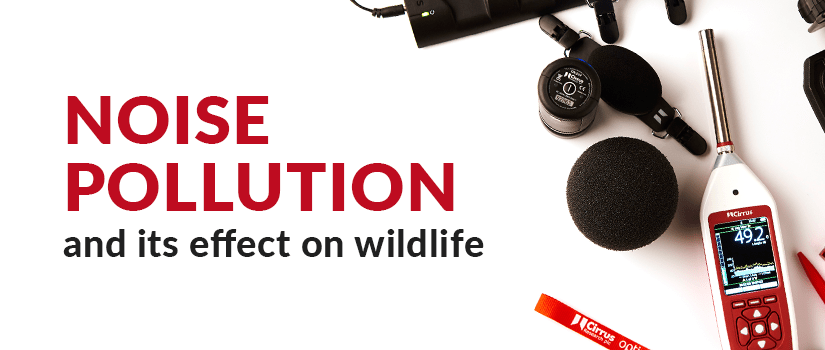



Imagine a forest filled with birdsong, the chirping of insects, and the occasional rustle of leaves in the wind. This is the natural soundscape of a healthy forest ecosystem. But now, imagine that this soundscape is interrupted by the loud roar of traffic from a nearby highway.
The birds stop singing, the insects go silent, and the animals all hide away. The forest has become a noisy place, and the wildlife is suffering.
Noise pollution can have a significant impact on wildlife in a number of ways. It can disrupt their communication, navigation, and ability to find food and avoid predators. It can also cause stress and hearing loss.
For example, birds rely on sound to communicate with each other. Noise pollution can make it difficult for them to hear each other, which can disrupt their breeding and foraging behavior.
Bats use sound to navigate and find food. Noise pollution can make it difficult for them to echolocate, which can lead to collisions with obstacles and starvation.
Whales and dolphins use sound to communicate with each other and to navigate. Noise pollution from shipping can interfere with their ability to communicate and navigate, which can lead to strandings and collisions with ships.
Noise pollution can also have a negative impact on the health of wildlife. For example, noise pollution can cause stress in animals, which can lead to a number of health problems, including heart disease, reproductive problems, and weakened immune systems.
Noise pollution can also cause hearing loss in animals. This can make it difficult for them to communicate, navigate, and detect predators.
The simulation above is just a small example of the impact that noise pollution can have on wildlife. Noise pollution is a serious problem that is threatening the health and well-being of wildlife all over the world.
We can all help to reduce noise pollution by being mindful of the noises that we make and by supporting policies that reduce noise pollution.